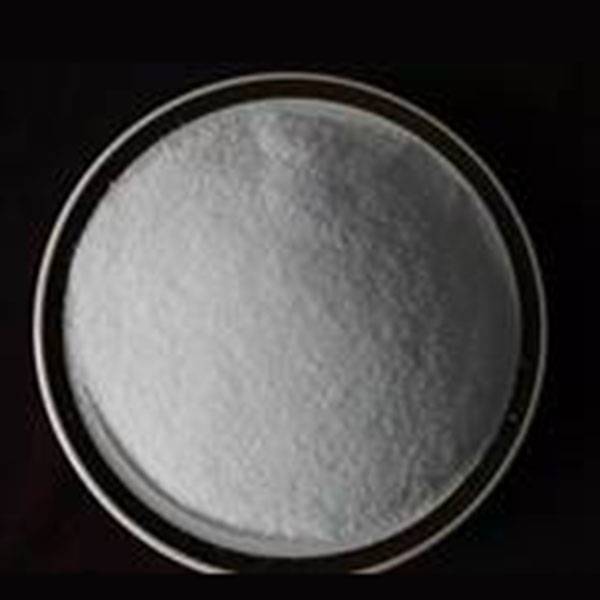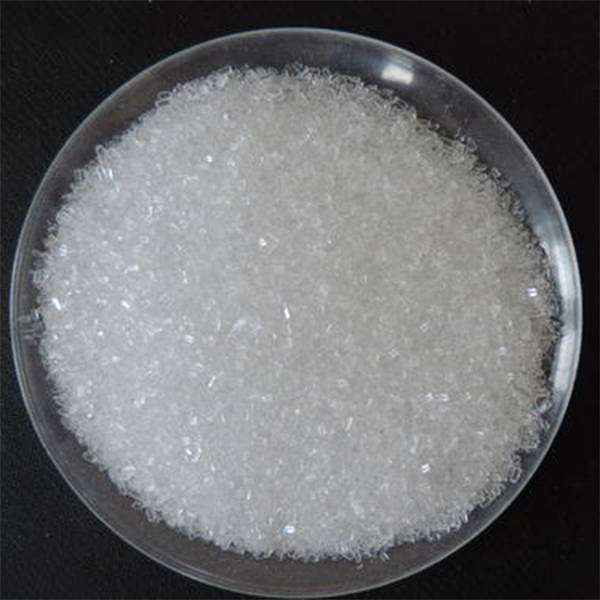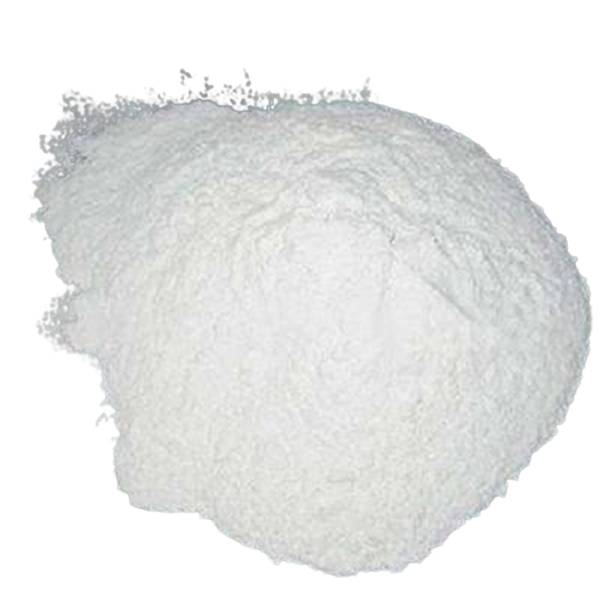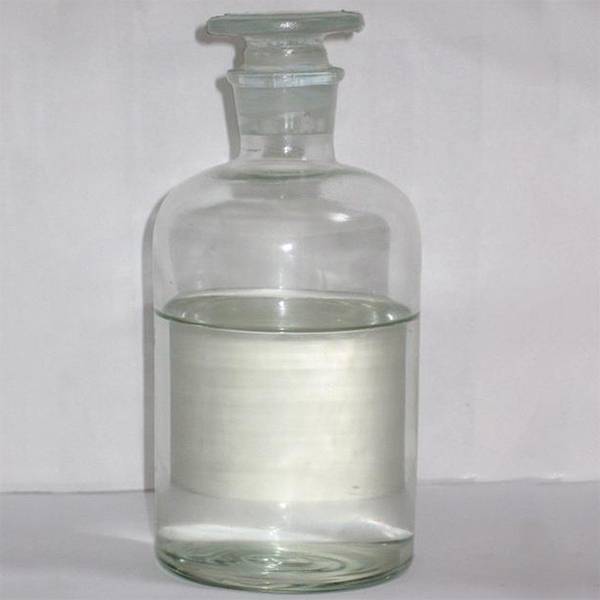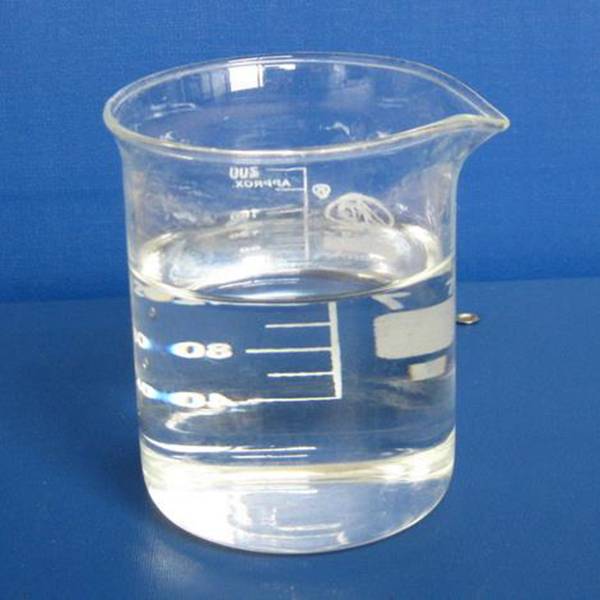
Products
OEM/ODM Manufacturer Dichloroacetyl chloride - 3-Chloro-1-propanol – MingXing
OEM/ODM Manufacturer Dichloroacetyl chloride - 3-Chloro-1-propanol – MingXing Detail:
Quality index:
Appearance:Colorless viscous liquid
Content: ≥ 99%
Melting point – 20oC
Boiling point: 160-162oC (lit.)
Density: 1.131 g / ml at 25oC (lit.)
Refractive index N20 / D 1.445 (lit.)
Flash point: 164of
Instruction:
For organic synthesis, solvent.
It is an important intermediate of drug synthesis and can be used in the synthesis of many drugs
As for the acute toxicity of 3-chloropropanol, it has been reported that the median oral lethal dose in rats is 150 mg / kg body weight, which belongs to moderate toxicity. It has been reported that the cleaning of trichloropropal storage tank at work leads to acute toxic liver disease, and there are fatal cases.
With regard to the chronic toxicity of trichloropropal, the researchers made rats ingest trichloropropal from drinking water, resulting in a significant increase in the absolute weight of the kidney of animals in each dose group. 1 mg / kg body weight / day was taken as the minimum dose to observe the harmful effects. Different researchers have different opinions on the mutagenicity of trichloropropanol. Some researchers tested the genotoxicity of trichloropropal to Drosophila, and the results were negative. Among the four carcinogenic tests of trichloropropal reported in the literature, the results of three tests showed that there was no carcinogenicity. In a related test of rats, it was only found that trichloropropal was related to the increase of benign tumors in some organs, and the intake dose of these tumors was much higher than the action dose leading to renal tubular hyperplasia.
The acute and chronic toxicity of trichloropropal were dose-dependent. At the 41st meeting of the Joint Expert Committee on food additives of the World Health Organization and the United Nations Food and Agriculture Organization, trichloropropanol was evaluated as a food pollutant, and its content in hydrolyzed protein should be reduced to the lowest level that can be reached in the process.
In the purchase of soy sauce, it is necessary to pay attention to purchase soy sauce marked with “brewing soy sauce” as far as possible. The prepared soy sauce may contain a certain amount of trichloropropal (a certain amount of acid hydrolyzed plant protein will be added in the production of the prepared soy sauce. Acid hydrolyzed plant protein is obtained from soybean by acid hydrolysis, while soybean and other raw materials contain a certain amount of fat, which will be hydrolyzed by breaking under the action of strong acid Glycerol is produced, and glycerol is replaced by hydrochloric acid (HCl) to form chloropropanol. Why does brewing soy sauce not contain trichloropropanol? In the production process of soy sauce, although yeast can ferment part of sugars into glycerol, and chloride ions exist in salt, it is difficult to form Chloropropionic acid derivatives in the acidic environment with water. At the same time, glycerol can form ester compounds with organic acids in the fermentation process, thus reducing the existence of free glycerol, Therefore, pure brewing soy sauce without adding other acid hydrolysis products, is not detected trichloropropal, even if there is, also belongs to the detection limit of very small amount of existence.
Packing: 200kg / drum.
Storage precautions: store in cool, dry and well ventilated warehouse.
Annual capacity: 500 tons / year
Product detail pictures:

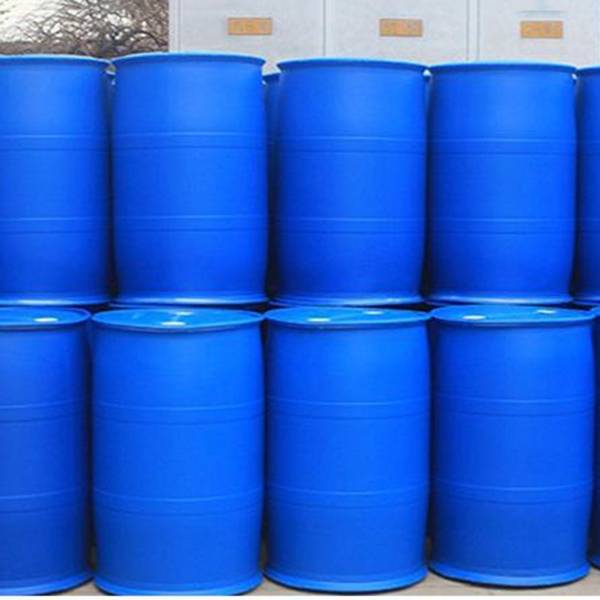
Related Product Guide:
We pursue the administration tenet of "Quality is exceptional, Provider is supreme, Name is first", and will sincerely create and share success with all clientele for OEM/ODM Manufacturer Dichloroacetyl chloride - 3-Chloro-1-propanol – MingXing , The product will supply to all over the world, such as: Paraguay, Morocco, kazakhstan, We solution have passed through the national skilled certification and been well received in our key industry. Our specialist engineering team will often be ready to serve you for consultation and feedback. We are able to also provide you with no cost samples to meet your needs. Best efforts will be produced to offer you the very best service and solutions. For anyone who is considering our business and solutions, please speak to us by sending us emails or get in touch with us right away. As a way to know our products and enterprise. lot more, you'll be able to come to our factory to find out it. We will constantly welcome guests from around the globe to our firm. o build enterprise. elations with us. Please really feel absolutely free to make contact with us for small business and we believe we will share the top trading practical experience with all our merchants.
Cooperate with you every time is very successful, very happy. Hope that we can have more cooperation!

